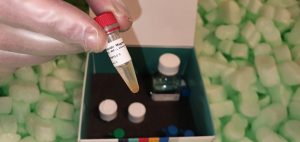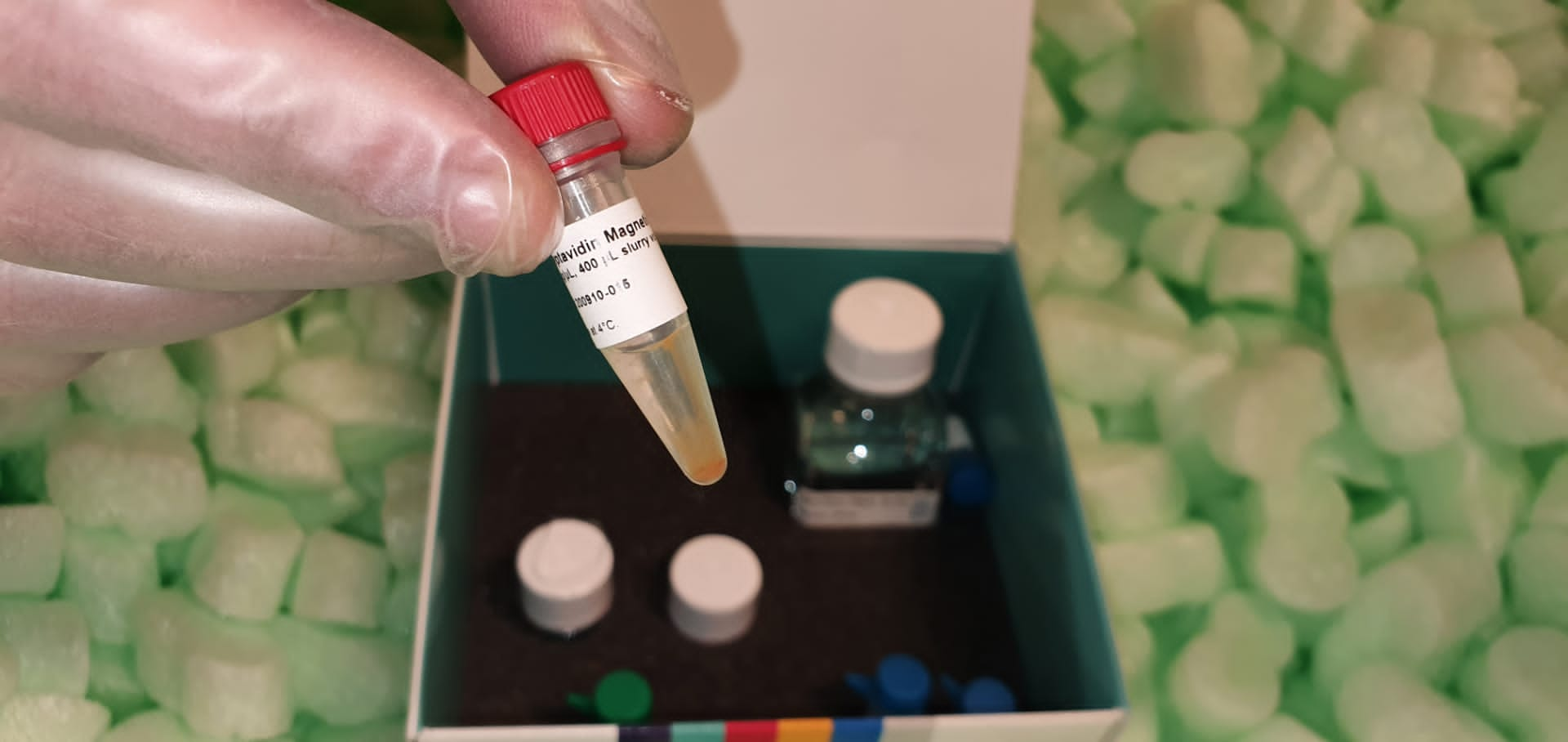Sudan, a northeastern African nation, is characterised by excessive ranges of cultural, linguistic, and genetic range, which is believed to be affected by steady migration from neighboring nations. Consistent with such demographic impact, genome-wide SNP knowledge revealed a shared ancestral element amongst Sudanese Afro-Asiatic talking teams and non-African populations, primarily from West Asia. Although this element is shared amongst all Afro-Asiatic talking teams, the extent of this sharing in Semitic teams, reminiscent of Sudanese Arab, remains to be unknown. Using genotypes of six polymorphic human leukocyte antigen (HLA) genes (i.e., HLA-A, -C, -B, -DRB1, -DQB1, and -DPB1), we examined the genetic construction of eight East African ethnic teams with origins in Sudan, South Sudan, and Ethiopia.
We recognized informative HLA alleles utilizing principal element evaluation, which revealed that the two Semitic teams (Gaalien and Shokrya) constituted a definite cluster from the opposite Afro-Asiatic talking teams in this research. The HLA alleles that distinguished Semitic Arabs co-exist in the identical prolonged HLA haplotype, and people alleles are in sturdy linkage disequilibrium. Interestingly, we discover the four-locus haplotype “C*12:02-B*52:01-DRB1*15:02-DQB1*06:01” solely in non-African populations and it’s extensively unfold throughout Asia. The identification of this haplotype suggests a gene flow from Asia, and sure these haplotypes had been delivered to Africa by means of again migration from the Near East.
These findings shall be of curiosity to biomedical and anthropological research that look at the demographic historical past of northeast Africa. Datura stramonium (Jimsonweed) is a medicinally and pharmaceutically vital plant in the nightshade household (Solanaceae) recognized for its manufacturing of numerous poisonous, hallucinogenic, and therapeutic tropane alkaloids. Recently, we printed a tissue-culture based mostly transformation protocol for D. stramonium that permits extra thorough useful genomics research of this plant. However, the tissue tradition course of can result in undesirable phenotypic and genomic penalties unbiased of the transgene used.
The Ami and Yami aborigines of Taiwan and their genetic relationship to East Asian and Pacific populations
This article studies on the genetic traits of the Ami and Yami, two aboriginal populations of Taiwan. Y-SNP and mtDNA markers in addition to autosomal SNPs had been utilized to research the phylogenetic relationships to teams from MSEA (mainland Southeast Asia), ISEA (island Southeast Asia), and Oceania. Both the Ami and Yami have restricted genetic range, with the Yami having even much less range than the Ami. The partitioning of populations inside the PCA plots based mostly on autosomal SNPs, the profile structure noticed in the construction analyses demonstrating related composition amongst particular populations, the typical IBD (an identical by descent) tract size gradients
the typical complete size of genome share among the many populations, and the outgroup f3 outcomes all point out genetic affinities amongst populations that hint a geographical arc from Taiwan south into the Philippine Archipelago, Borneo, Indonesia, and Melanesia. Conversely, a extra distant kinship between the Ami/Yami and MSEA based mostly on all of the markers examined, the whole mtDNA sequences in addition to the admixture f3 and f4 analyses argue in opposition to sturdy genetic contribution from MSEA to the Austronesian dispersal. The sharing of lengthy IBD tracts, complete genome size, and the big quantity of segments in frequent between the Ami/Yami and the Society Archipelago populations East Polynesia standout contemplating they’re positioned about 10,700 km aside.

Genome-wide gene-environment interactions in neuroticism: an exploratory research throughout 25 environments
Gene-environment interactions (GxE) are sometimes recommended to play an vital function in the aetiology of psychiatric phenotypes, but to date, solely a handful of genome-wide atmosphere interplay research (GWEIS) of psychiatric phenotypes have been carried out. Representing essentially the most complete effort of its variety so far, we used knowledge from the UK Biobank to carry out a sequence of GWEIS for neuroticism throughout 25 broadly conceptualised environmental threat components (trauma, social assist, drug use, bodily well being). We investigated interactions on the extent of SNPs, genes, and gene-sets, and computed interaction-based polygenic threat scores (PRS) to foretell neuroticism in an unbiased pattern subset (N = 10,000).
We discovered that the predictive skill of the interaction-based PRSs didn’t considerably enhance past that of a standard PRS based mostly on SNP major results from GWAS, however detected one variant and two gene-sets displaying vital interplay sign after correction for the quantity of analysed environments. This research illustrates the chances and limitations of a complete GWEIS in presently accessible pattern sizes. Organisms are usually characterised by a trade-off between fecundity and longevity. Notable exceptions are social bugs. In insect colonies, the reproducing caste (queens) outlive their non-reproducing nestmate employees by orders of magnitude and notice fecundities and lifespans unparalleled amongst bugs. How that is achieved shouldn’t be understood.
[Linking template=”default” type=”products” search=”Goat Neurogranin ELISA Kit” header=”2″ limit=”162″ start=”4″ showCatalogNumber=”true” showSize=”true” showSupplier=”true” showPrice=”true” showDescription=”true” showAdditionalInformation=”true” showImage=”true” showSchemaMarkup=”true” imageWidth=”” imageHeight=””]
Here, we recognized a single module of co-expressed genes that characterised queens in the termite species Cryptotermes secundus. It encompassed genes from all important pathways recognized to be concerned in life-history regulation in solitary mannequin organisms. By manipulating its endocrine element, we examined the current speculation that re-wiring alongside the nutrient-sensing/endocrine/fecundity axis can account for the reversal of the fecundity/longevity trade-off in social insect queens. Here, we now have assembled and annotated a draft genome of D. stramonium with a concentrate on tropane alkaloid biosynthetic genes. We then use mRNA sequencing and genome resequencing of transformants to characterize adjustments following tissue tradition.

